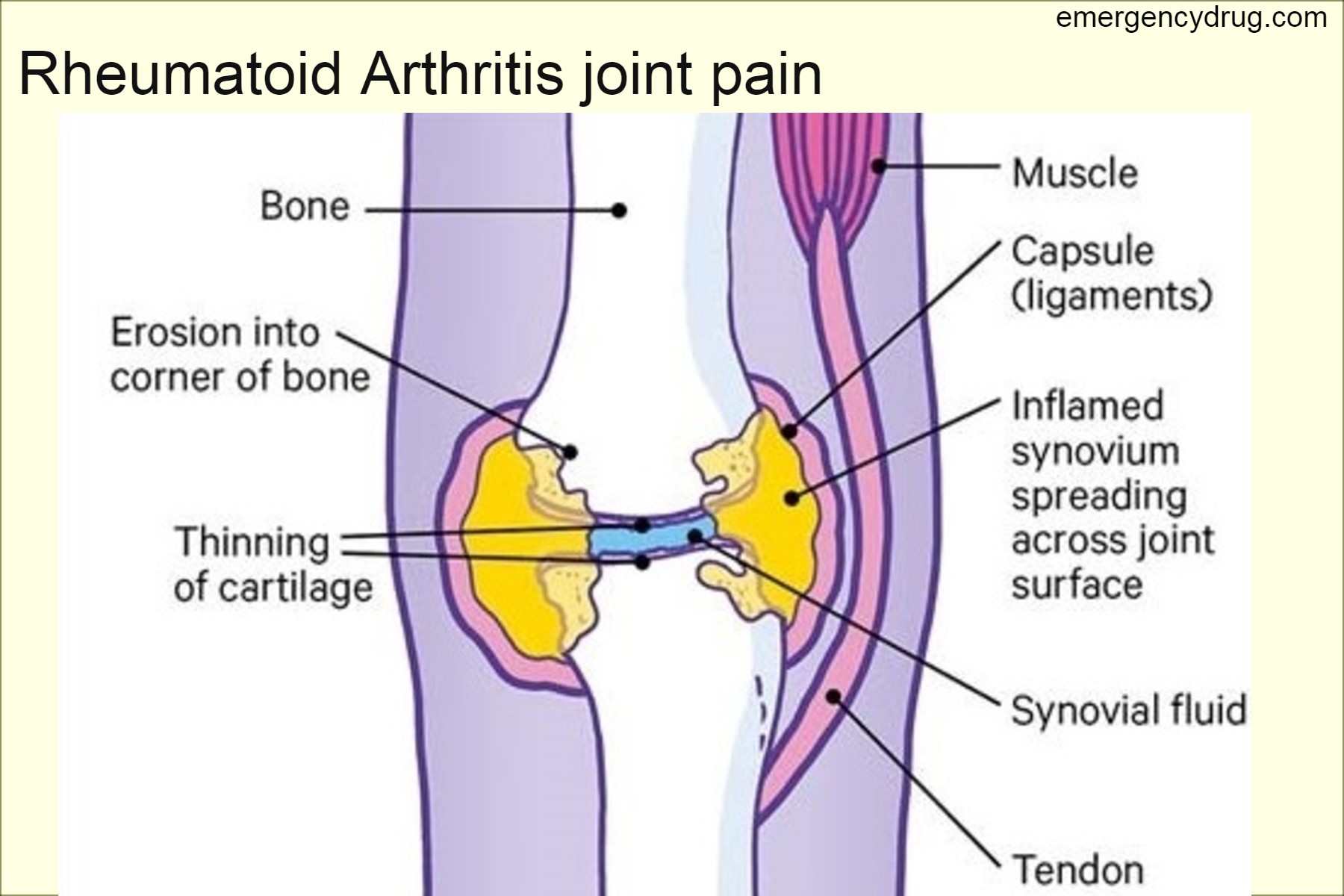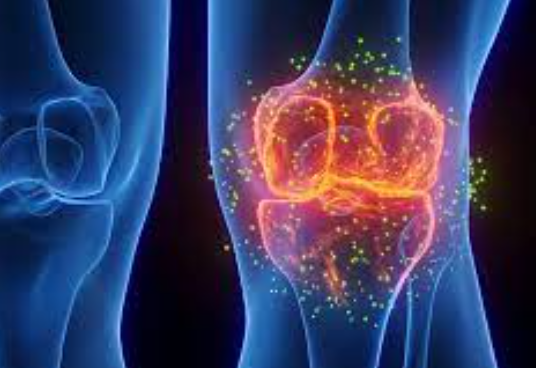How to treat Rheumatoid Arthritis joint pain?
Mohammad Jewel
07 Mar, 2025

Rheumatoid Arthritis part 2
Table of Contents
How is Rheumatoid Arthritis joint pain treated?
Rheumatoid Arthritis joint pain treatment has increased substantially over the past 30 years. Modern medications offer most patients incredible or remarkable relief from adverse effects and remain working at or near normal sizes. Suppose they have prescribed the right medication; most patients do not show any signs of a dynamic disease. Once the adverse effects are completely managed, the condition can be described as “abating”.
There is no cure for RA. The purpose of treatment is to increase joint pain and swelling and improve your ability to do everyday exercises. Starting treatment as soon as possible prevents your joints from being safe from enduring or even lasting injury. A single treatment is not suitable for every patient. Many people with RA have to change their treatment at least every once in their lives.
Patients suffering from RA should begin their treatment with antirheumatic medications that alter the course of illness. Drugs are often referred to as DMARDs. They can help ease symptoms and also the moderate motion of joint injuries. The majority of specialists recommend DMARDs and nonsteroidal anti-inflammatory medications or NSAIDs and low-dose corticosteroids to reduce the swelling and discomfort. DMARDs have greatly improved the pain, swelling, and overall satisfaction of nearly all patients suffering from RA. Discuss with your rheumatologist the necessity of DMARD treatment as well as the risks and benefits of these drugs.
The most effective treatment for RA is more than just prescriptions on their own. Understanding the instruction process, such as adjusting to RA, is essential. The proper consideration often involves a variety of providers that include rheumatologists, important consider doctors, and the word and physical advisers. It is necessary to schedule visits between the time you visit your Rheumatologist. These visits allow your doctor to monitor your condition’s progress and check for any adverse reactions to your medication. Also, it is recommended to revisit blood tests, Ultrasounds or X-beams regularly.

Living with Rheumatoid Arthritis joint pain
It is essential to be physically active most of the time but decrease the intensity of exercises when the injury becomes severe in some situations. The rule is that rest is beneficial when joints are triggered, or you feel exhausted. In these instances, perform the delicate motions that work out by extending. It keeps the joint flexible.
It is essential to be physically active most of the time but decrease the intensity of exercises when the injury becomes severe in some situations. The rule is that rest is beneficial when joints are triggered, or you feel exhausted. In these instances, perform the delicate motions that work out by extending. It keeps the joint flexible.
The realization that you suffer from an ongoing illness is an incredibly stressful time. It may cause anxiety and occasionally feelings of sadness or detachment. Due to the incredibly high medication levels, these feelings tend to diminish as time passes, as energy levels increase during torment and firmness decrease. Discuss these common feelings with your human service suppliers. They can provide accommodating information and resources.
How is rheumatoid joint inflammation analyzed?
RA examines the results of blood tests, examines organs and joints, and takes x-beam or ultrasound images. There is no test available to evaluate RA. Blood tests are a race to look for antibodies in the blood of patients with RA. Antibodies are small proteins within the circulatory system, which aid in the fight against external substances called antigens. Sometimes, these antibodies occur in individuals who don’t have RA. But, they are regarded as false-positive results.
The blood tests also speed up to look for unusual levels of aggravation. The negative effects of RA are extremely mild, which makes the detection more difficult. Certain common infections can trigger symptoms that may be confused with RA. A rheumatologist is a physician who has the knowledge and expertise to make a correct diagnosis of RA and recommend an appropriate treatment plan.
Unusual blood tests regularly found in RA include:
Frailty (a low red platelet tally)
Rheumatoid factor (a neutralizer, or blood protein, found in about 80% of patients with RA in time, yet in as few as 30% toward the beginning of joint inflammation)
Antibodies to cyclic citrullinated peptides (bits of proteins), or hostile to CCP for short (found in 60 – 70% of patients with RA)
Lifted erythrocyte sedimentation rate (a blood test that, in many patients with RA, affirms the measure of aggravation in the joints)
X-beams can help in recognizing RA, however might be typical in early joint pain. Regardless of whether typical, beginning X-beams might be helpful later to appear if the infection is advancing. X-ray and ultrasound checking should possible to help affirm or judge the seriousness of RA.
RA is an incessant joint inflammation. By and large the indications should be available for over three months to think about this determination. Anyway there are patients who analyze sooner.
Visit our Rheumatoid Arthritis joint pain Medicine product’s here:
